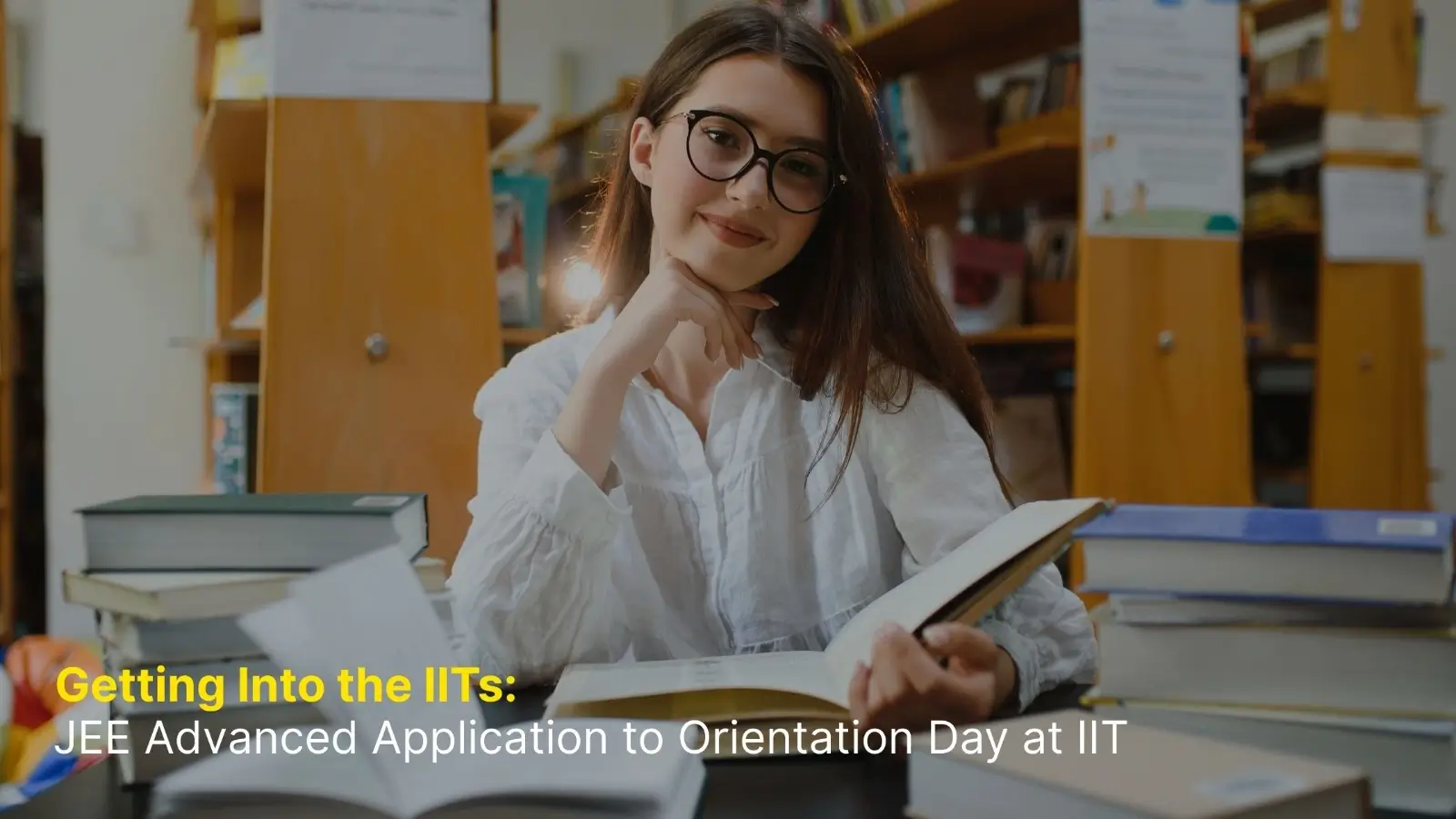For countless Indian students, securing admission into an Indian Institute of Technology (IIT) is more than just a goal—it’s a dream nurtured over years of hard work, late-night study sessions, and countless mock tests. The IITs are India’s most prestigious engineering institutes, globally recognized for academic excellence, cutting-edge research, and transformative student experiences.
The path to an IIT begins with the Joint Entrance Examination (JEE), which is conducted in two phases—JEE Main and JEE Advanced. But beyond just cracking the exam, there’s an entire journey that involves applications, documentation, counseling, and finally, stepping into campus life. This blog offers a detailed walkthrough of that entire process.
Step 1: Understand the Two-Tier Exam Structure
JEE Main
Before attempting JEE Advanced, candidates must first qualify JEE Main—an entrance exam conducted by the National Testing Agency (NTA). This is the gateway to NITs, IIITs, and other centrally funded institutions, and serves as the eligibility filter for JEE Advanced.
To be eligible for JEE Advanced:
- You must be among the top 2.5 lakh rank holders in JEE Main (this cutoff number is approximate and subject to change annually).
- You should be below the age limit (usually 25 years), with a 5-year relaxation for SC/ST/PwD candidates.
- You must not have attempted JEE Advanced more than twice.
- You must have completed your Class 12 in the current or previous year.
Step 2: Registering for JEE Advanced
The JEE Advanced application process is completely online and generally opens in May, shortly after the JEE Main results are declared. However, dates may vary every year.
Registration Process:
- Visit the official JEE Advanced portal: https://jeeadv.ac.in.
- Use your JEE Main roll number and password to log in.
- Fill in personal, academic, and communication details.
- Choose your preferred exam cities (usually two or three choices are allowed).
- Upload scanned copies of:
- Passport-size photograph
- Signature
- Class 10 certificate (for DOB verification)
- Class 12 mark sheet (if available)
- Category and PwD certificates (if applicable)
- Pay the registration fee through net banking, UPI, or debit/credit card.
Important: The registration window is usually open for only a week, so staying alert to announcements is crucial.
Step 3: The JEE Advanced Exam
JEE Advanced is known for its unpredictable and challenging paper pattern. It tests deeper conceptual understanding and problem-solving abilities.
Exam Highlights:
- Two papers (Paper 1 and Paper 2), both compulsory.
- Each paper is 3 hours long, conducted in two shifts on the same day.
- Subjects include Physics, Chemistry, and Mathematics.
- The question types vary—MCQs, numerical answer types, and match the column.
- The marking scheme includes partial marks, full marks, and negative marking—designed to test accuracy and comprehension.
The syllabus mostly aligns with NCERT Class 11 and 12 content, but the questions often require multi-step reasoning and higher-order thinking.
Step 4: Results and Rank List
The results are usually released about 10 days after the exam on the official portal.
- Candidates receive their All India Rank (AIR) based on aggregate marks from both papers.
- Separate category-wise rank lists are also published.
- The cutoff marks for inclusion in the rank list vary by category and year.
It’s not just about clearing the exam—your rank determines which IITs and branches you’re eligible for, with Computer Science at top IITs often closing under AIR 100.
Step 5: JoSAA Counseling and Seat Allotment
The Joint Seat Allocation Authority (JoSAA) conducts centralized counseling for admission to all IITs, NITs, IIITs, and other GFTIs.
Counseling Process:
- Registration and Choice Filling: Log in to the JoSAA portal using your JEE Advanced roll number and fill in your institute and course preferences.
- Mock Allotments: JoSAA provides mock allotments after a few days to help you adjust choices.
- Seat Allotment Rounds: There are multiple rounds; in each, you’re allotted a seat based on rank, preference, and availability.
- Options:
- Freeze: Accept the seat and exit the process.
- Float: Accept the seat but stay in contention for higher preferences.
- Slide: Accept the institute but try for a better course within it.
- Document Verification and Fee Payment: Submit documents and pay the seat acceptance fee.
- Reporting to Allotted IIT: Once a seat is confirmed, students must report to the respective IIT with all required documents.
Step 6: Documents Required for Admission
Be prepared with original and photocopies of the following:
- JEE Advanced Admit Card and Rank Card
- Class 10 and 12 Mark Sheets and Certificates
- Birth Certificate
- Passport-size photographs
- Seat Allotment Letter from JoSAA
- Valid Photo ID (Aadhaar/Passport)
- Category/PwD certificate (if applicable)
- Medical certificate (as per format)
- Fee receipt of seat acceptance
Note: Each IIT might request specific additional documents during the reporting process.
Step 7: Orientation Day and Life at IIT
Once the admissions are complete, students report to campus for the Orientation Program, typically in July or August (depending on the academic calendar).
What Happens on Orientation Day:
- Welcome address by faculty and deans
- Introduction to campus rules, academics, and student life
- Sessions by alumni and senior students
- Campus tours and ice-breaking activities
- Information on clubs, hostels, libraries, and canteens
Transitioning to IIT Life:
- Academics: The first semester includes core courses in Physics, Chemistry, Math, and Engineering fundamentals.
- Hostel Life: Students are assigned hostels with shared rooms, fostering friendships and collaborative learning.
- Clubs and Fests: From robotics and coding to drama and music, there’s something for everyone.
- Mentorship Programs: Seniors and faculty mentors help new students adjust and cope with the pressure.
The IIT experience is about much more than just studies—it’s a holistic ecosystem where you grow intellectually, socially, and emotionally.
Final Thoughts
Getting into an IIT is no easy feat—it requires discipline, strategy, and relentless effort. But understanding the step-by-step process—from qualifying JEE Main to acing JEE Advanced, navigating JoSAA counseling, and finally stepping onto campus—can make the journey a little less intimidating.For students aiming for this path, Suresh Dani Classes offers structured guidance, expert mentorship, and personalized preparation strategies to help you clear every stage with confidence. Always stay updated with official websites, as dates, processes, and requirements are subject to change every year.






